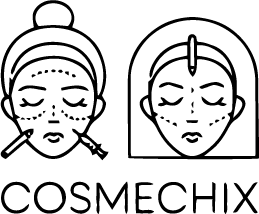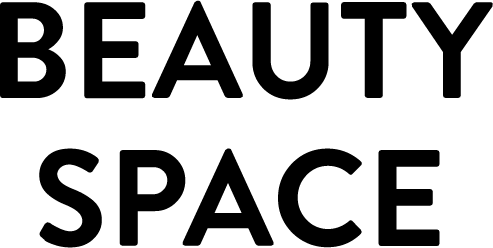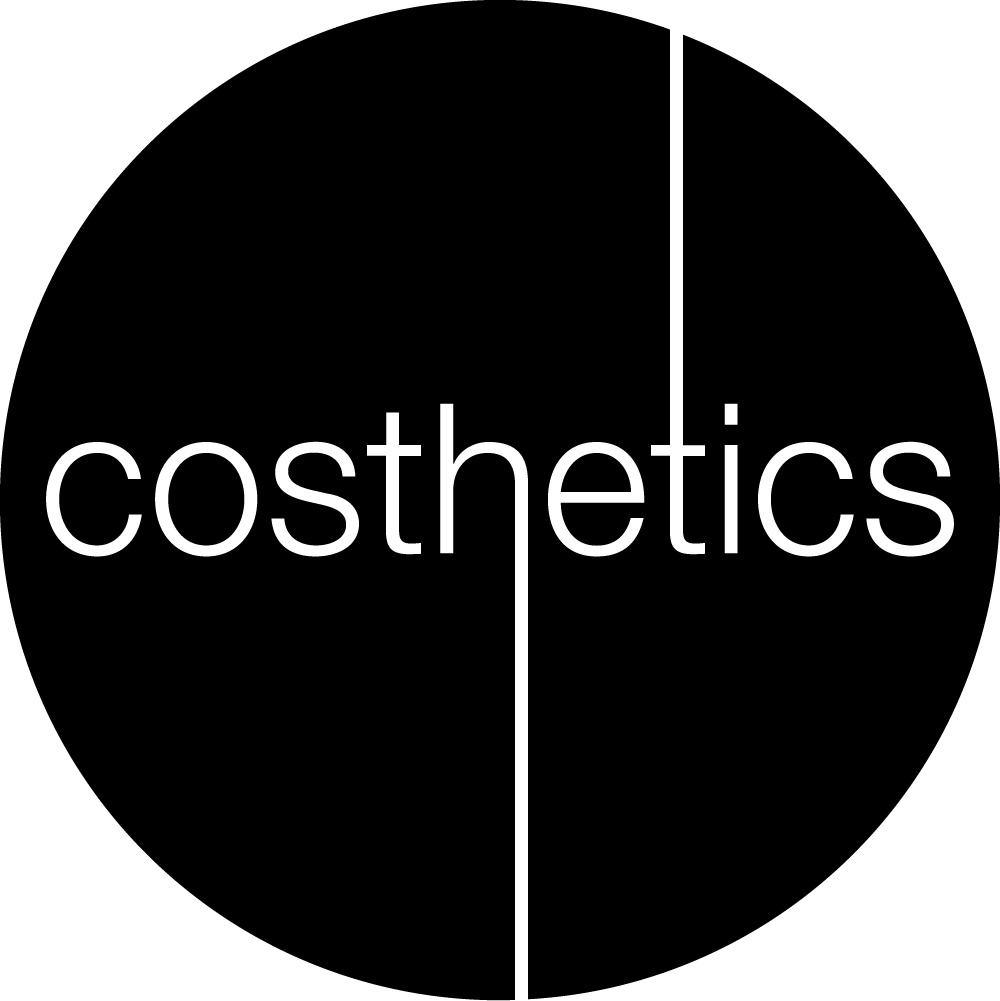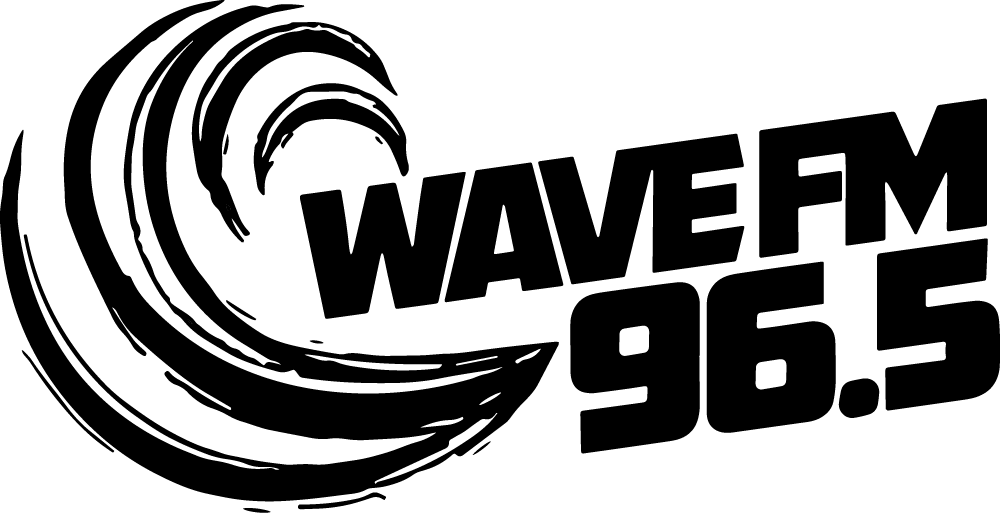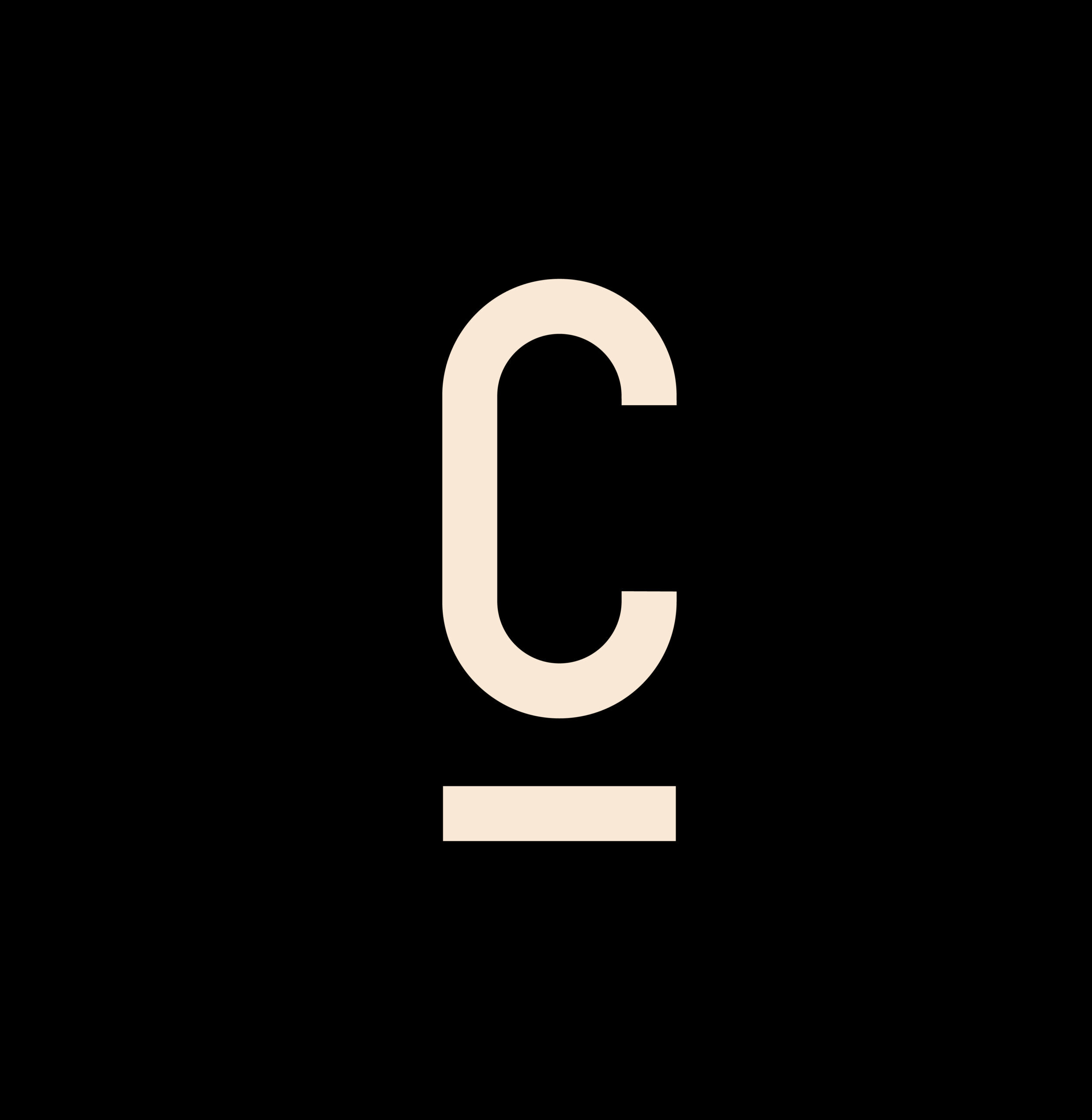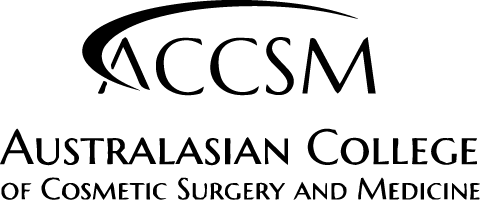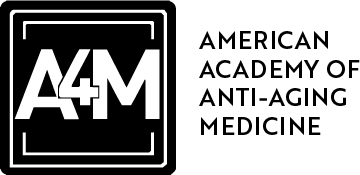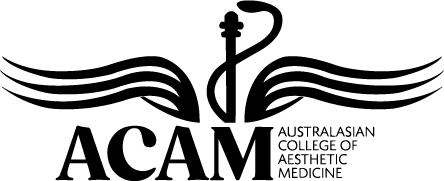As seen in
We're here to help you
Learn all about our services
Our doctor-led team design bespoke treatment plans aligned with your unique concerns, preferences, and expectations.

Anti-Ageing Treatments

Tired Eye Solutions

Enhance & Contour Facial Features

Book Now
We support your journey to feeling great about the way you look
Book Now Book Now Book NowCosmetic Connection is a clinic you can trust for advice about your skin, wrinkles, ageing, and enhancing features.
Our Team
Clinicians with a purpose.
Fierce advocates of holistic and personalised care, our clinicians are passionate & empathetic anti-ageing and cosmetic medical professionals.


Professional Affiliations
Connect with us



